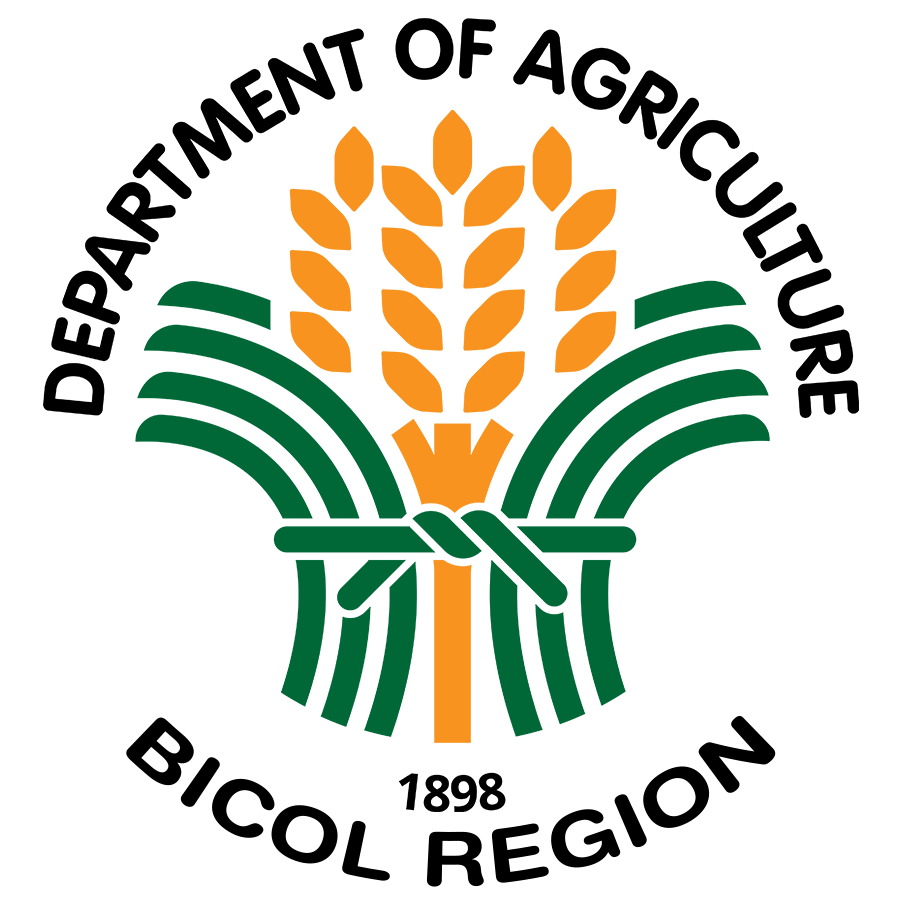SAN AGUSTIN, PILI, CAMARINES SUR – Following the Philippine Statistics Authority’s latest report on Bicol Region’s 6.5% overall inflation rate in July, DA Bicol Regional Executive Director Rodel P. Tornilla called for a meeting with Bureau of Fisheries and Aquatic Resources (BFAR) top officials to come up with doable strategies to fight inflation.
Inflation is the steady rise of prices for goods and services over a period.
The PSA report showed that Bicol’s overall inflation in July 2021 was 6.5%, the second highest among all regions nationwide next to Cagayan Valley. This is 0.2 ppt higher compared to June 2021 record.
In terms of food inflation, Bicol posted 0.5 ppt increase from 6.1% in June to 6.6% in July. The food items with significant contribution to the food inflation of Bicol Region from May to July 2021 are Meat (ave. 24.1%), Fish (ave. 12.3 %) and Fruit (ave. 6.6%).
Fish registered the highest increase in inflation rate (0.3 ppt) from 14.7% to 14.4%, the highest movement among the food groups for July 2021.
BFAR Regional Director Nelson Bien attributed the high inflation in fish to various events such as increased production of capture fish that are being shipped out of the region for canning/processing, making fish less available locally. Dir. Bien reported that a total of 57,000 MT of fish were outshipped from Bicol from January to July equivalent to P2.28 billion sales. Director Bien added that BFAR region 5 was hailed as third top producer of fish nationwide during the mid-year national assessment of BFAR in Quezon City. But due to the higher selling price of fish at the National Capital Region, commercial fishers opt to transport all their produce to the NCR causing an undersupply of fish in the Bicol region.
Also, due to high price of meat in the market and for health reasons, there is an increased demand for fish.
To arrest or ease this inflation, Director Tornilla urged BFAR to find ways to flood fish in the local markets.
For its part, BFAR Bicol doubles its efforts in rehabilitating typhoon affected provinces through improvement of hatchery and nursery production to ensure supply of quality fingerlings and broodstock. Fisherfolks are provided with fishing gears and equipment for fishing activities to improve catch. Fishing grounds and aquaculture areas are closely monitored in order to prevent fish kills. Regulatory and law enforcement activities are intensified to protect/manage fishing grounds/ecosystems for sustainable fisheries production.
Present during the meeting were: Nonie Enolva, spokesperson of BFAR, Joel Benavides, BFAR Planning Officer; Adelina A. Losa, Chief of Agribusiness and Marketing Assistance Division that is inchage in price monitoring of agricultural commodities; and Emily Bordado, Chief of RAFIS.
BFAR is one of the 25 bureaus and attached agencies of the Department, all operating under One DA Reform Agenda to level up Philippines Agriculture. (Lovella P. Guarin – DA RAFIS 5 / photo by Vincent Emil Pasumbal)
